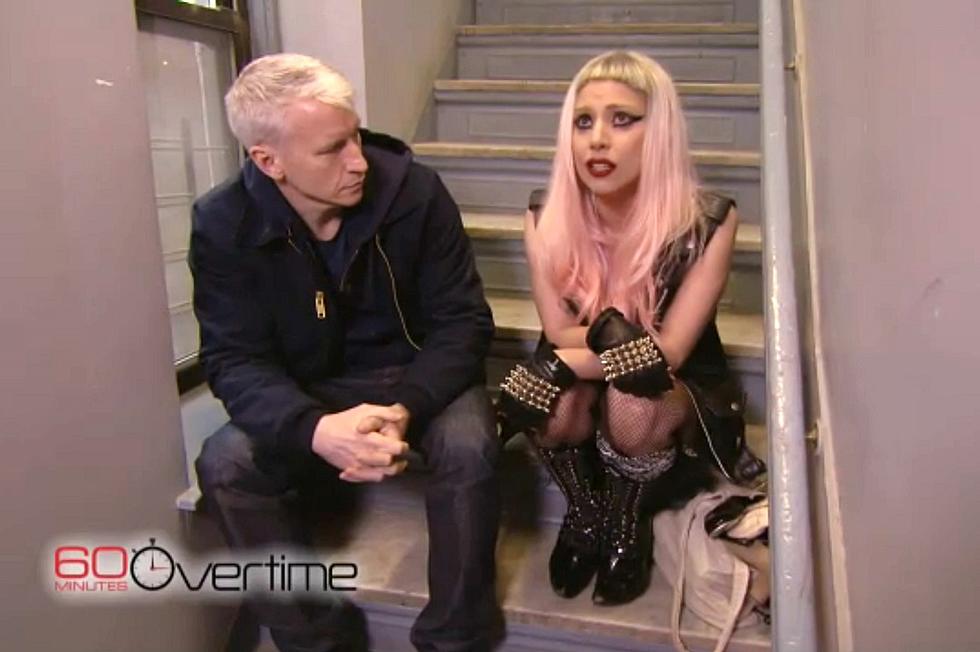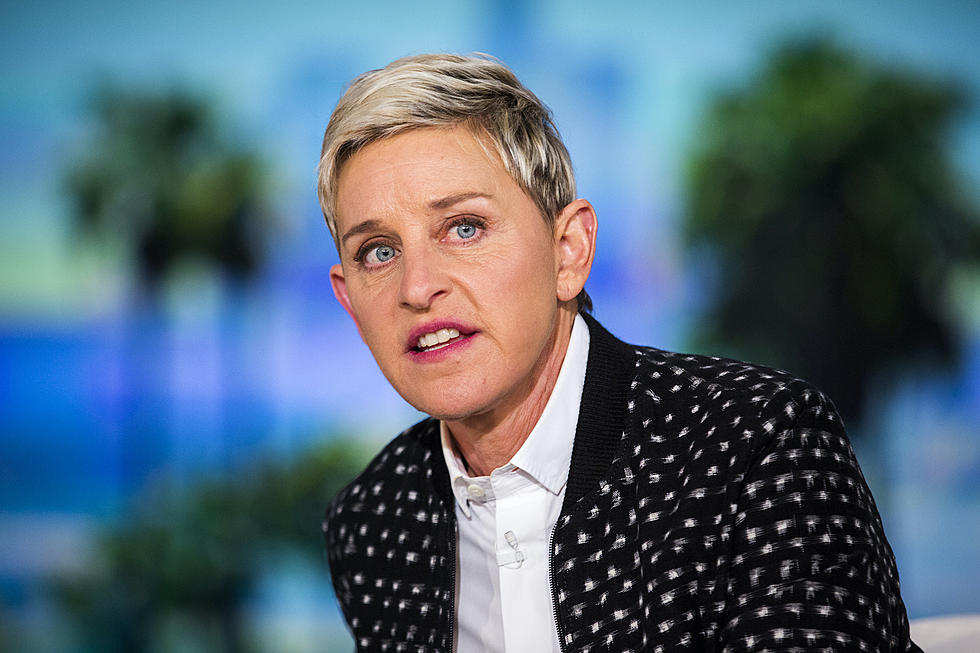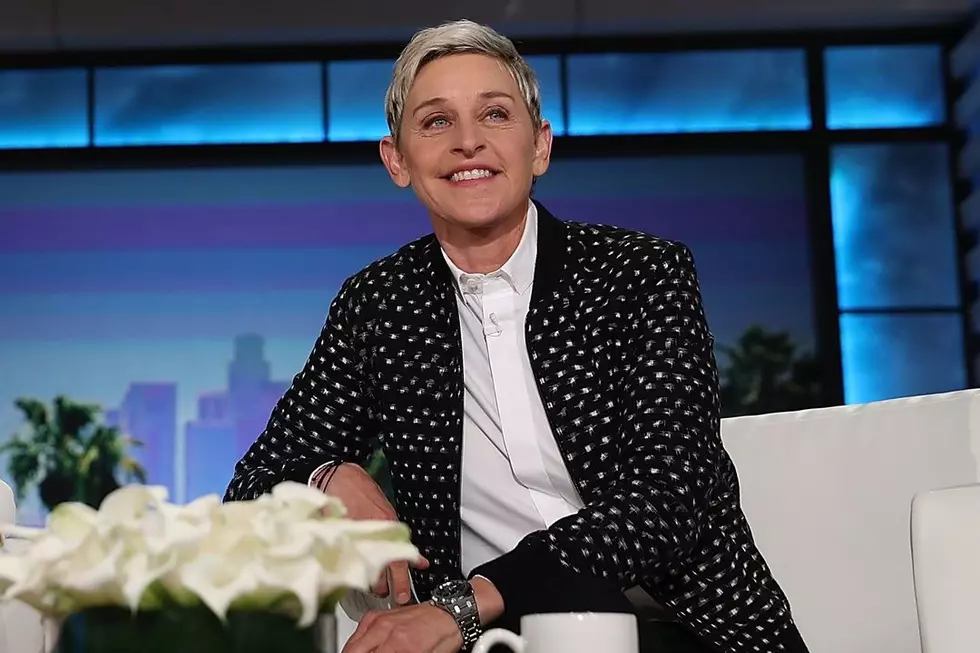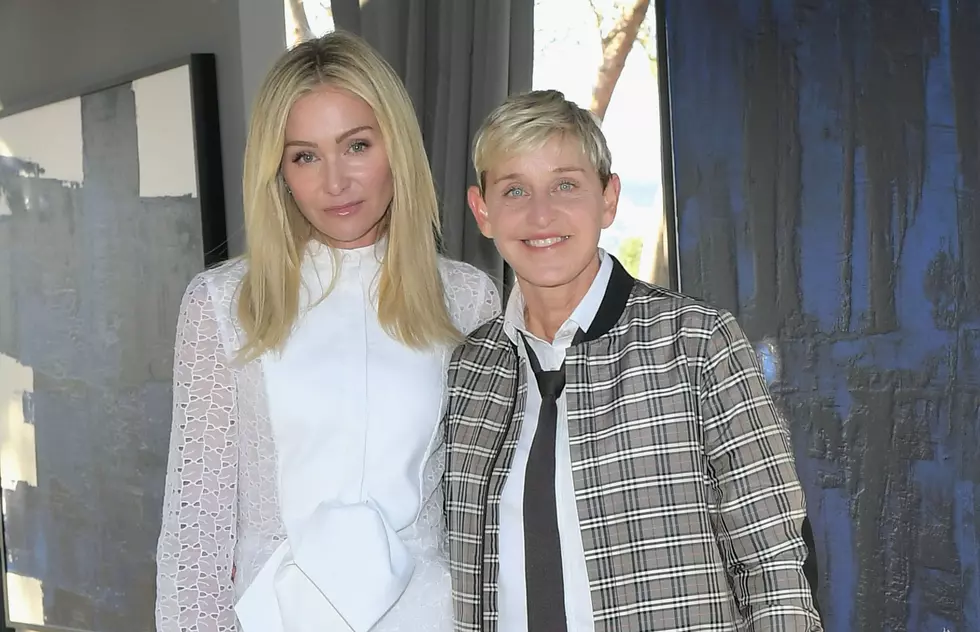
‘Finding Dory’ Review: Pixar’s Fishy Franchise Just Keeps Swimming
Like every other Pixar release, Finding Dory is preceded by a short film. This one is called “Piper”; it’s about a little bird learning to hunt for food among the scary ocean waves. It’s a terrific showcase for Pixar’s latest advancements in computer animation, which in recent years has taken on the quality of great nature photography. The sunlight sparkles against the water, which ripples and flows with uncanny accuracy, and when the bird kicks a pile of sand in a crab’s face you can practically count the individual grains.
“Piper” is a sweet little story, and the beachfront setting and themes about parents and children make it a good complement to Finding Dory. But on a visual level, the shift from “Piper” to Dory is a little jarring. Squint at “Piper” and the birds and crabs almost look like the real thing. The heroes from Finding Nemo and now Finding Dory, with their giant cartoon eyes and rubbery faces, seem to belong to an earlier era. (The original Nemo came out 13 years ago.) Dory is an entertaining and heartfelt sequel, but it never quite shakes the feeling that Pixar, a studio known for breaking new ground in animation, is retracing its steps this time out.
That happens explicitly in the film’s prologue, which flashes back to Ellen DeGeneres’ forgetful blue tang’s early days as an adorable baby (fish), living happily (if absentmindedly) with her parents (voiced by Eugene Levy and Diane Keaton) and follows her, in an elliptical series of scenes, right up to the moment in Finding Nemo where she first encounters Marlin (Albert Brooks), whose son Nemo (Hayden Rolence, replacing Alexander Gould) had just been kid(fish)napped. From there, the narrative jumps a year ahead to the trio’s happily ever after — until something finally jars loose inside Dory’s jumbled noggin and she remembers the family she left behind. That sets her off on a quest to reunite with her parents, with Marlin and Nemo tagging along.
That quest allows director Andrew Stanton to retread a few of the most popular Finding Nemo setpieces and the general story arc of a couple humble fish on an impossible mission across an entire ocean to find their loved ones. Of course, the fact that Marlin and Dory succeeded against impractical odds once before doesn’t leave much room for suspense this time around, but Stanton effectively stacks the deck against his protagonists by separating Dory and Marlin and then following them on parallel paths through California’s “Marine Life Institute.” Dory befriends a cranky octopus with incredible camouflage powers named Hank (Ed O’Neill) while Marlin and Nemo receive assistance from a couple of exceedingly polite sea lions (Idris Elba and Dominic West).
Even by the standards of a talking fish movie, some of the leaps (like literally, these fish jump around a lot) needed to get Dory’s characters from one sequence to the next are pretty absurd. They’re also a lot of fun. Elba and West’s Fluke and Rudder are hilarious additions, and O’Neill’s cantankerous “septopus” (he’s short one limb, part of the film’s recurring motif of highly capable heroes with physical disabilities) steals scene after scene with his inventive disguises and dexterity. With the first Finding Nemo, Stanton built one of Pixar’s most vivid and detailed worlds, and the best parts of Dory afford him the opportunity to fill that world out even further. There are several laugh out loud moments in and around the marine institute, including a surprising cameo from a famous Hollywood actress.
But that’s about the only big surprise in Finding Dory, which does feel familiar in ways both good and bad. Stanton nails all the classic Pixar emotional beats, and brings back most of the studio’s greatest thematic hits: Like so many of the studio’s previous features, Dory is a story about the unbreakable bonds between parents and children, mismatched partners bonding over the course of a long adventure, and the pleasures of a team working together to achieve a common goal.
After 21 years, that formula is still very satisfying. But it also feels more like a formula than ever before. We love Pixar not only for the way they make us laugh and tug at our heartstrings, but also for their innovations along the way. In Finding Dory, the scene that sums everything up is the one where Dory, Marlin, and Nemo hitch a ride on an ocean current with a bunch of cool sea turtles. It’s an echo of a very similar sequence from Finding Nemo, and it observes its characters having a grand old time as they happily coast along.
More From Cars 108







![The Karaoke Queen Finally Meets Missy Elliott on ‘Ellen’ [VIDEO]](http://townsquare.media/site/87/files/2018/09/Screen-Shot-2018-09-13-at-4.30.34-PM.png?w=980&q=75)


